
These are some of the questions you’ll find yourself pondering about higher education as you watch Andrew Rossi’s new film, Torre de marfim, now in cinemas. OECD data shows that tuition levels in the US have become a class of their own. “It seems hard to see how these costs relate in meaningful ways to the value that students obtain,” Andreas Schleicher comenta.
We live in the age of disruptive innovation. An age in which digital technology has the potential to bring down the cost of higher education and make it more accessible than ever before. I asked Michael Horn and Anthony Carnevale (who appears in the film) to join us in A Pesquisa Global para a Educação today to talk about the future of higher education. Michael Horn is the co-founder of the Clayton Christensen Institute, and executive director of its education program. Tony Carnevale is Director and Research Professor of the Georgetown University Center on Education and the Workforce.

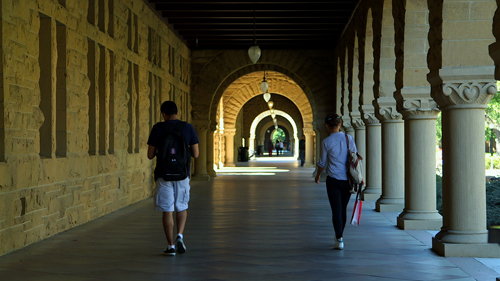
Students from Asia and the rest of the world flock to our top American Universities. Many believe we have the best higher education system in the world and they are willing to pay for it. What does this mean for the continuing demand for places at US Colleges? What does it indicate about the strengths of these institutions?
Michael Corno: The rise of the upper-middle class in Asia has created significant demand for elite higher education. This is a good thing for many U.S. universities in the short to medium term, and is helping to sustain many. In the longer term, contudo, because much of traditional American higher education is premised on limiting access and promoting selectivity — thereby keeping a limit on the number of seats available — there is a good chance that traditional institutions will be unable to keep up with this burgeoning demand and thereby open the door to the emergence of new institutions who can fill it. We are already seeing new elite institutions like the Minerva Project, which offers a highly selective liberal arts education that is far more affordable than the traditional American higher education, pop up to meet this new demand. As more of these institutions emerge that are affordable and selective, it could commoditize the offerings at the top.
In the UK you can get a BA degree in 3 years versus 4. Is that one solution you could see working in the US as a way to cut costs?
Michael Corno: Moving to a 3-year degree as opposed to a 4-year degree certainly saves students money, although for some institutions, it would represent lost revenue. Também, although many institutions offer a 4-year program today, students often take 6 years to graduate, ou muitos vão participar por muitos anos e nunca de pós-graduação. Em outras palavras, o problema é ainda mais complicado. Em última análise, movendo-se para um grau de 3 anos não aborda os desafios do modelo de negócios mais fundamentais do aumento dos custos que assola faculdades e universidades tradicionais, que decorre em parte do conflation – e administração subsequente – do que deve ser três modelos de negócios distintos representados na pesquisa, ensino, e os aspectos de redes de uma universidade, bem como a corrida armamentista subseqüente ao subir no ranking de prestígio.
Um desenvolvimento que parece mais emocionante é o surgimento de novo-rico on-line, graus com base em competências que fazem a hora de credencial, uma variável, e aprendizagem, uma constante. Como você mestre de material, você seguir em frente, o que significa que o comprimento do grau está nas mãos do estudante e a rede de suporte que a instituição coloca em torno do estudante. Os alunos podem completar graus significativamente mais rápido nestes programas; e os programas – por estar focada no ensino e aprendizagem só – são muito mais acessíveis. The key point is that the focus is not on the length but instead on the actual learning.


China and India will ultimately create their own Ivy Leagues. What do we do well that they can use? What can they learn from our mistakes?
Michael Corno: Melhores universidades americanas têm sido faróis de pesquisa de ponta; isso é um motor que tem produzido grandes coisas para a nossa economia e ajudou a atrair pessoas de todo o mundo. Embora nós certamente temos desafios para o nosso modelo de pesquisa, global, os resultados têm sido impressionantes. O que eu acho que a China ea Índia faria bem para tentar evitar é replicar nosso modelo completamente. Eles devem tentar evitar confundir pesquisa e ensino sob o mesmo teto, onde as atividades não tem que ser interdependentes, por exemplo, so that they don’t create the cost and teaching quality issues that have resulted in the United States where research is almost always valued over good teaching.
There has been a lot of debate on the value of a liberal arts degree in a world where every industry is being disrupted by technology. Given the number of students who don’t have jobs, are we at the point where we need a task force to determine how students can acquire the skills they need to succeed in a 21st century workplace?
Tony Carnevale: Ivory Tower traz à tona as tensões rolantes crescimento abaixo do sistema de ensino superior americano de uma forma imparcial, sem preconceitos ideológicos de ter essas tensões e problemas resolvidos. Atualmente já existem inúmeros esforços para resolver estas questões e para garantir que os alunos tenham as habilidades. A questão, então, encontra-se na criação de sistemas de informação que garantam que os alunos têm acesso aos dados e as ferramentas necessárias para fechar a lacuna de competências.
Michael Corno: We need to create many more programs that narrow the gap between students and employers. Online, competency-based programs – like Western Governors University, Southern New Hampshire’s College for America, University Now’s Patten University, e mais – stand to help. I’m also intrigued by programs like General Assembly and Dev Bootcamp, as well as offerings from companies like LearnUp.
I believe the liberal arts degree will continue to have a place and value in the world, but I think it will be able to be far more affordable so that many more people can consume a liberal arts education over the course of their lifetimes.

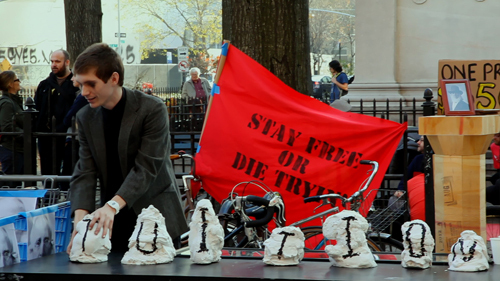
How big a role will technology play in bringing down the cost of higher education?
Tony Carnevale: A tecnologia é a esperança para muitos estudantes de baixa renda que não podem pagar as instituições mais selectivos. It’s one answer to getting costs under control due to low development and distribution costs as well as much more flexible and open access. A new MOOC course for instance can be accessed by millions of students at low costs but these courses face skepticism from employers who do not see them as reliable credentials for student preparation for the labor market.
Global, MOOCS and other similar efforts point towards the potential of technology in the form of online learning in transforming the financial landscape of the higher education sector. Claramente, there will be a mix of winners and losers on both the provider and student sides. No entanto, getting employers to value these courses, and improving the incentives of students to enroll and complete are the first steps in potentially using these new models to lower overall costs.
Michael Corno: Technology paired with business model innovation will play a critical role in bringing down the cost of higher education. Online, competency-based programs are already showing significant promise to tackle the challenge and represent very exciting disruptive innovations focused on learning and affordability. I don’t think “the solution” will be contained in just one thing either. The unbundling of the components of the degree and the ability for students to customize their education by combining different components – online courseware from a Udacity, the brick-and-mortar co-learning space of a General Assembly, the social experience of a Habitat for Humanity perhaps – represent exciting ways to bring value to students’ lives in a variety of forms. We’re living in an exciting time, e as oportunidades para ampliar o acesso a uma alta qualidade a preços acessíveis e de ensino superior só vai crescer nos próximos anos, mesmo quando eles apresentam desafios para as instituições existentes para manter-se.

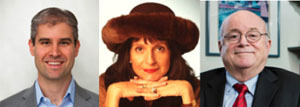
Todas as fotos são cortesia de Samuel Goldwyn Films
Na busca Global para a Educação, se juntar a mim e líderes de renome mundial, incluindo Sir Michael Barber (Reino Unido), Dr. Michael Bloco (EUA), Dr. Leon Botstein (EUA), Professor Clay Christensen (EUA), Dr. Linda, Darling-Hammond (EUA), Dr. Madhav Chavan (Índia), Professor Michael Fullan (Canadá), Professor Howard Gardner (EUA), Professor Andy Hargreaves (EUA), Professor Yvonne Hellman (Holanda), Professor Kristin Helstad (Noruega), Jean Hendrickson (EUA), Professor Rose Hipkins (Nova Zelândia), Professor Cornelia Hoogland (Canadá), Honrosa Jeff Johnson (Canadá), Senhora. Chantal Kaufmann (Bélgica), Dr. Eija Kauppinen (Finlândia), Secretário de Estado Tapio Kosunen (Finlândia), Professor Dominique Lafontaine (Bélgica), Professor Hugh Lauder (Reino Unido), Professor Ben Levin (Canadá), Senhor Ken Macdonald (Reino Unido), Professor Barry McGaw (Austrália), Shiv Nadar (Índia), Professor R. Natarajan (Índia), Dr. PAK NG (Cingapura), Dr. Denise Papa (US), Sridhar Rajagopalan (Índia), Dr. Diane Ravitch (EUA), Richard Wilson Riley (EUA), Sir Ken Robinson (Reino Unido), Professor Pasi Sahlberg (Finlândia), Professor Manabu Sato (Japão), Andreas Schleicher (PISA, OCDE), Dr. Anthony Seldon (Reino Unido), Dr. David Shaffer (EUA), Dr. Kirsten Immersive Are (Noruega), Chanceler Stephen Spahn (EUA), Yves Theze (Lycée Français EUA), Professor Charles Ungerleider (Canadá), Professor Tony Wagner (EUA), Sir David Watson (Reino Unido), Professor Dylan Wiliam (Reino Unido), Dr. Mark Wormald (Reino Unido), Professor Theo Wubbels (Holanda), Professor Michael Young (Reino Unido), e Professor Minxuan Zhang (China) como eles exploram as grandes questões da educação imagem que todas as nações enfrentam hoje.
A Pesquisa Global para Educação Comunitária Página
C. M. Rubin é o autor de duas séries on-line lido pelo qual ela recebeu uma 2011 Upton Sinclair prêmio, “A Pesquisa Global para a Educação” e “Como vamos Leia?” Ela também é autora de três livros mais vendidos, Incluindo The Real Alice no País das Maravilhas, é o editor de CMRubinWorld, e é um Disruptor Fundação Fellow.
Siga C. M. Rubin no Twitter: www.twitter.com/@cmrubinworld


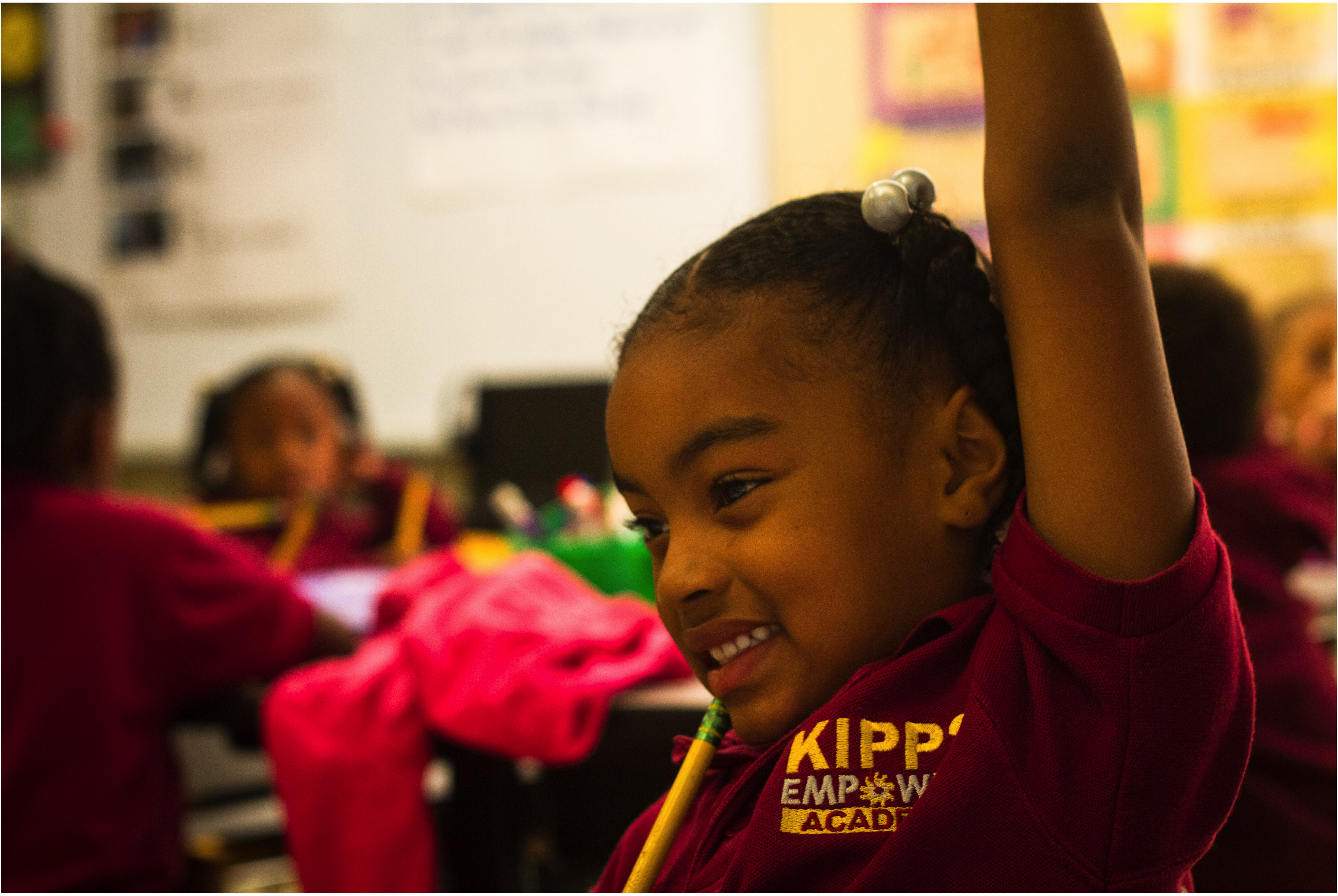
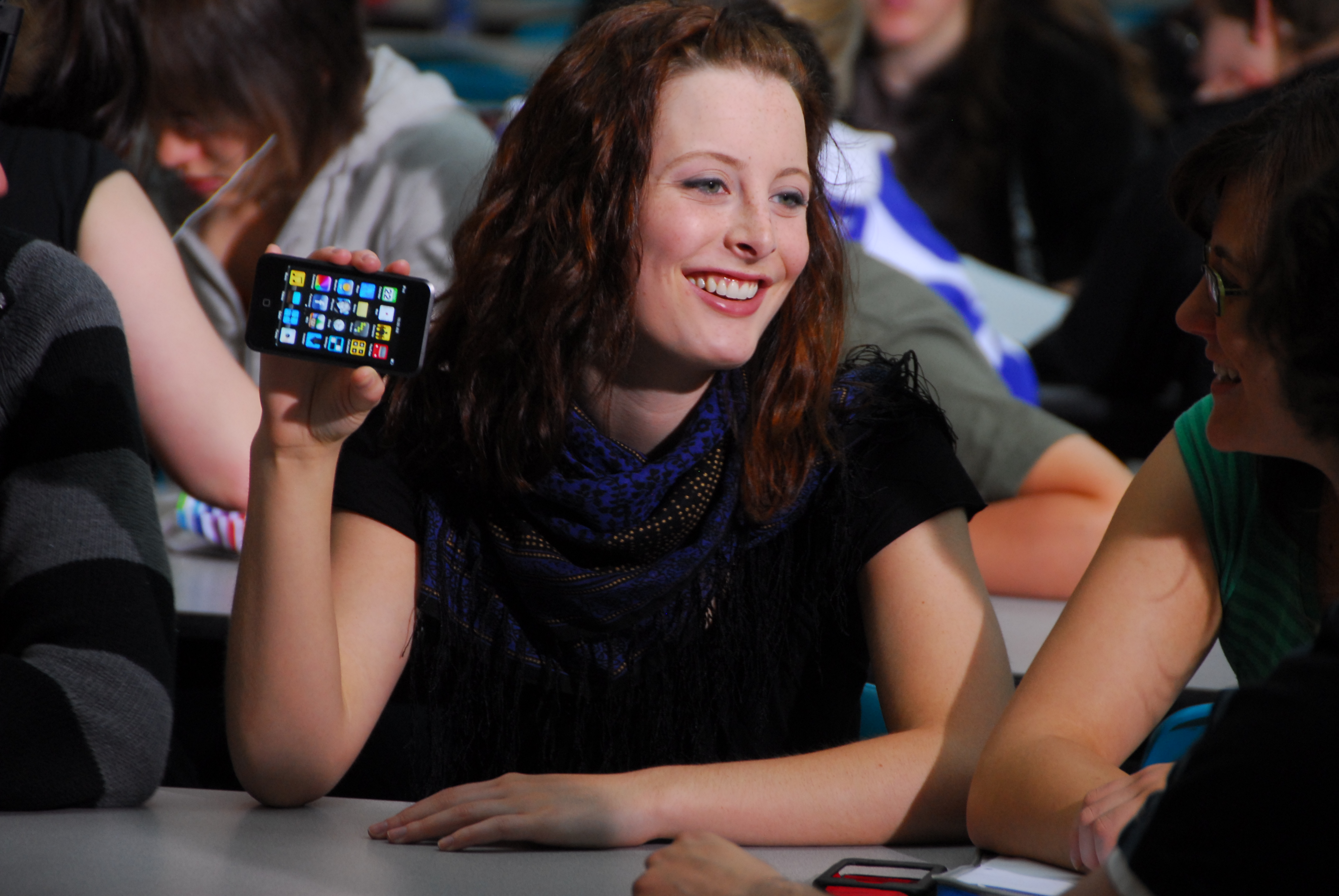


Comentários Recentes